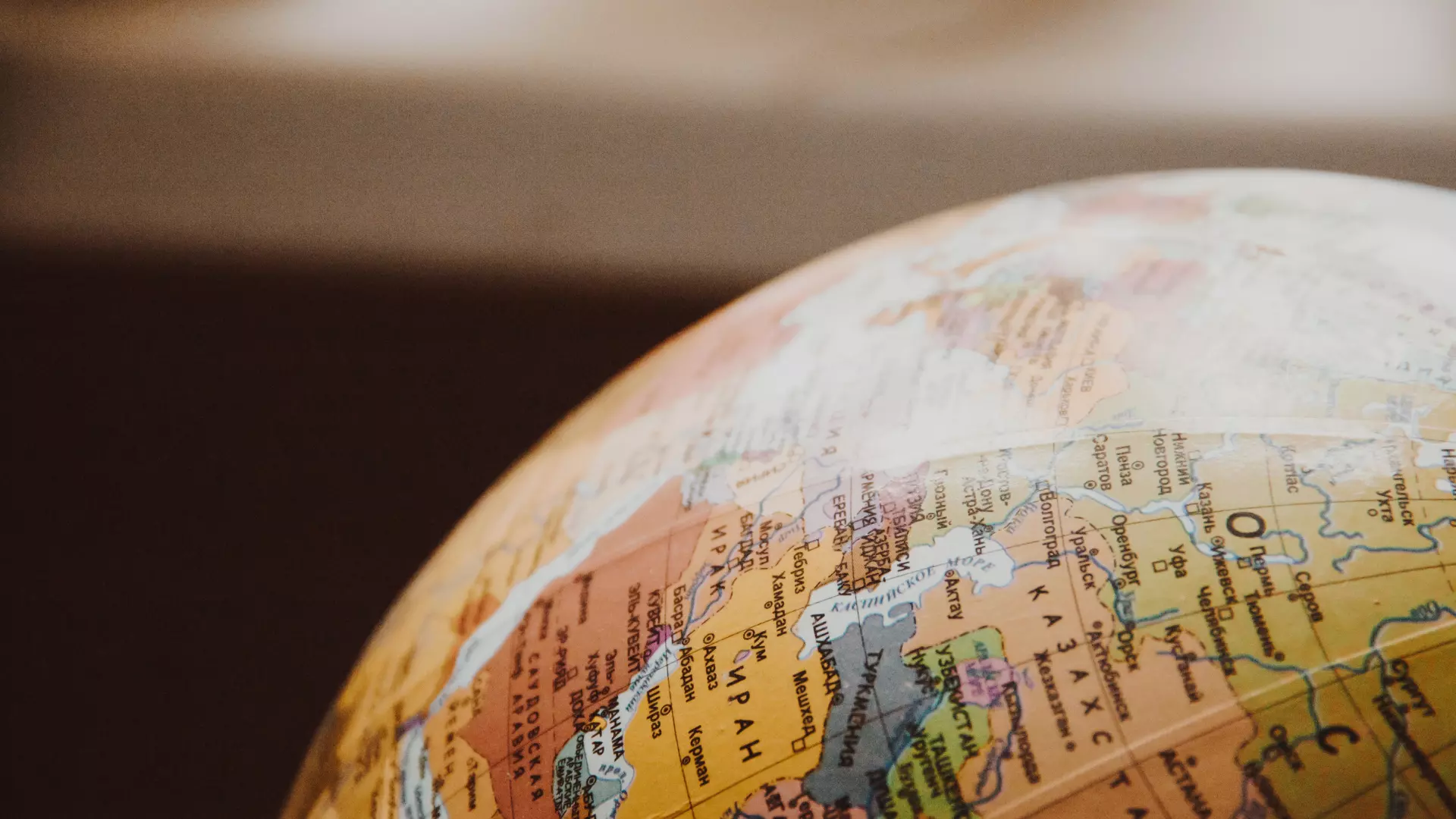Patent Filing Process For National Stage Or International Application
HOW TO APPLY FOR A PATENT?
Applications for Patent Registration can be made at the national level - if the invention is to be protected in a specific country - at the regional, or international level. For example, the Mexican Institute of Intellectual Property (IMPI) and the Spanish Patent and Trademark Office (OEPM) are in charge of evaluating patent applications in Mexico and Spain, respectively.
For national application, it must be filed in each target country. Although there is no worldwide registration system, the Patent Cooperation Treaty (PCT) covers the protection of the invention in 153 countries. The list of these countries can be found on the website of the World Intellectual Property Office (WIPO).
PATENT FILING STEPS
The patent registration comprises several stages to ensure the originality and patentability of the invention. Here, this steps are presented according to the procedures in Mexico and Spain.
I. PRESENTATION
First, the invention is presented to a National Receiving Office of the filing country. This instance request information regarding the applicant and its legal representative, title of the invention, description, and claims. Learn more about at the sections of a patent.
Based on this information, the Receiving Office assesses whether the invention meets the requirements for registration and, if so, assigns a filing date that mark the start of the invention's legal rights.
II. EXAMINATION AND STATE OF THE ART REPORT
If the application does not contain defects, or once they have been fixed, the applicant asks the Receiving Office to make a State of the Art Report (SAR). The SAR inquiries the novelty of the invention by looking at public patent databases such as Espacenet and the Patentscope.
The search also includes products - even without a patent - that use the same technology as the invention. In addition, the competing techniques, i.e. those that address the same problem, are evaluated.
In some cases, a substantive examination of the patent application is carried out. Here, the inventive activity and level of detail of the description are analysed.

III. PUBLICATION AND OBSERVATIONS
Once the State of the Art Report is completed and the originality of the invention is demonstrated, the Receiving Office publishes the corresponding patent application. Hereafter, the methods, technologies, and uses are free available.
At this stage, any third party can formulate Observations on the novelty and relevance of the invention. These observations are forwarded to the applicant for review and modification. For example, it can be modified to make the inventive step evident, without changing the main object and scope of the invention. In this period the published invention has a provisional protection.
IV. PATENT GRANTING
The applicant should answer the observations from the public and correct the objections made by the Office during the prior examination. At this stage, modifications to the application are possible.
Once the applicant has addressed all of the above, the Patent Title is granted. Patents are generally valid for 20 years from the filing date.
INTERNATIONAL PATENT APPLICATION

After the delivery of the National Patent Title, the applicant can request its international registration. This can be in a specific country or within the framework of the Patent Cooperation Treaty (PCT).
In the latter case, the applicant submits a single procedure to WIPO. As part of the PCT procedure, an international search is carried out by an Administration in charge of the international search. After analysing the state of the art that may affect the patentability of the invention, the Administration issues an opinion on the possibility of granting the patent.
If the analysis is favourable to the applicant, the content of the international application is made public through PatentScope.
After that, the patent is requested in the PCT member countries according to a procedure similar to the one described above, but using a single application.
PATENT TRANSLATION
The translation of patent documents is required before their national, regional or international registration. In this process, accurate terminology, consistency, and appropriate technical background are essential. Reviewing the translation applying the four-eye principle is also of utmost importance.
To learn more about our Patent Translation Process, visit our TRANSLATION PROCESS.
Author: Kenia Salazar Díaz (Ph.D. in Biochemistry)
